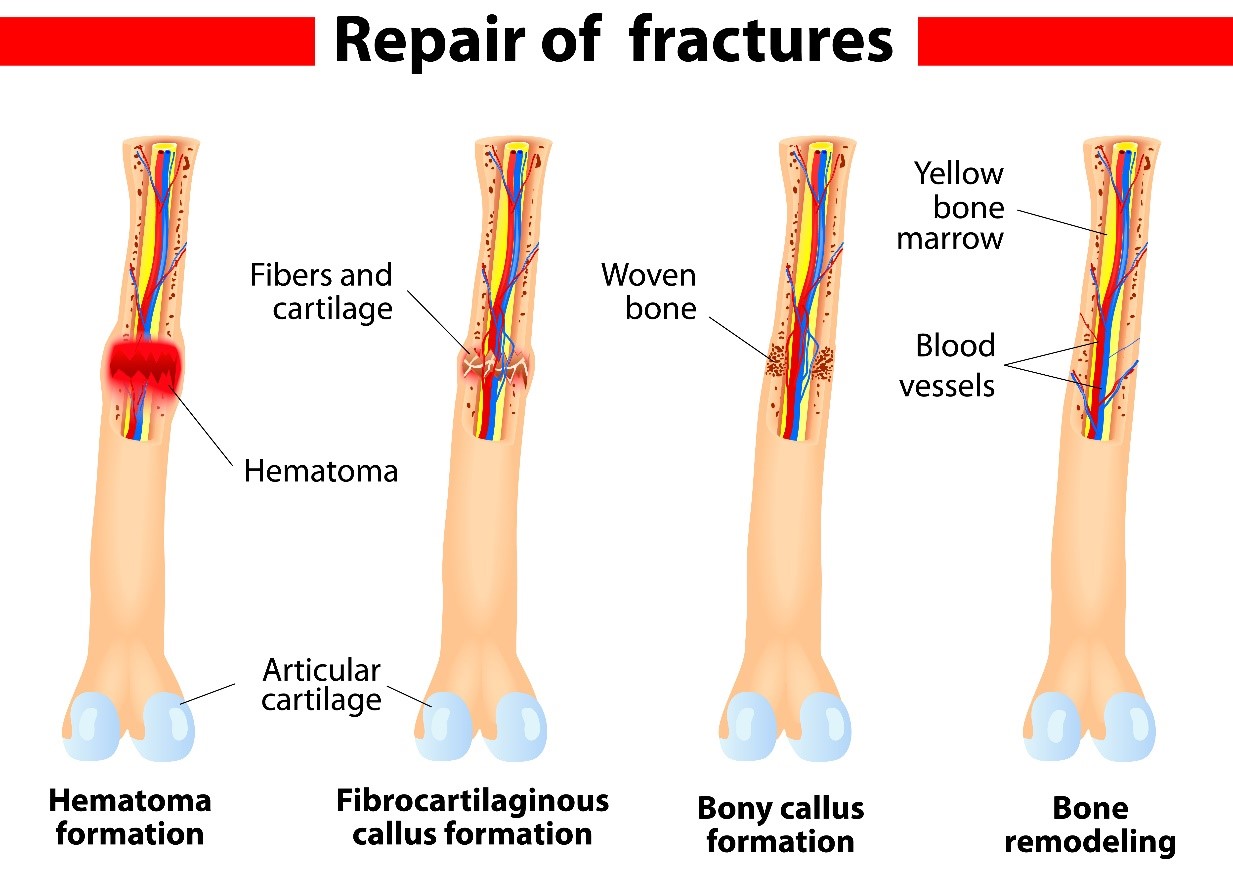

When you experience a fracture, it’s important that the bone can heal properly in its original position. There are several treatments for a broken bone, and the one a doctor recommends is based upon several factors. These include how severe the fracture is and where it is. While some bones can heal by wearing a cast, others may require more invasive treatments, such as bone fracture repair.
Bone fracture repair is a surgery to fix a broken bone using metal screws, pins, rods, or plates to hold the bone in place. It's also known as open reduction and internal fixation (ORIF) surgery
Bone fracture surgery is conducted when a broken bone doesn’t or wouldn’t heal properly with casting or splinting alone. Improper healing that requires ORIF surgery can occur in cases when the bone is sticking through the skin (compound fractures) and fractures that involve joints, such as wrists and ankles.
If bones that are surrounding the joints can’t be repaired, a person’s functional mobility could be severely impacted.
Bone fractures can affect anyone. As they’re usually caused by mishaps like car accidents or sports injuries, it’s hard to know when someone will break a bone. You’re more likely to experience a bone fracture if your bones are weakened by osteoporosis.
Within 48 hours after the bone fracture, chondrocytes from the endosteum have created an internal callus by secreting a fibrocartilaginous matrix between the two ends of the broken bone, while the periosteal chondrocytes and osteoblasts create an external callus of hyaline cartilage and bone, respectively, around the outside of the break. This stabilizes the fracture. Over the next several weeks, osteoclasts resorb the dead bone; osteogenic cells become active, divide, and differentiate into osteoblasts.
The cartilage in the calli is replaced by trabecular bone via endochondral ossification. Eventually, the internal and external calli unite, compact bone replaces spongy bone at the outer margins of the fracture, and healing is complete. A slight swelling may remain on the outer surface of the bone, but quite often, that region undergoes remodeling, and no external evidence of the fracture remains.
Healing of fractures begins with the formation of a hematoma, followed by internal and external calli. Osteoclasts resorb dead bone, while osteoblasts create new bone that replaces the cartilage in the calli. The calli eventually unite, remodeling occurs, and healing is complete

The three main treatment types of bone fractures are:
Book a free online consultation for bone fracture repair surgery at neemtreehealthcare.com

50+ Specialist Onbaord

35+ Years of Experience

24X7 Medical Assistance

Free Pick & Drop

PSUs & TPA & Insurances are Accepted

All Govt Panels Accepted

Post Surgical Rehabilitation

EMI Option Available

Post Discharge Home Care

Transparency

Hassle Free TPA/Panel Desk

Medical Visa Assistance
To schedule an appointment with one of our surgeons, please call +91-7827080348, or request for an appointment here.
Our proficient team of skilled and best fracture & trauma specialists, doctors/surgeons in Delhi, provide best-in-class treatment to ensure pain relief, improved mobility and a better quality of life. Our compassionate and immensely experienced panel of fracture & trauma specialists doctors/surgeons adhere to world-class technology for innovative care and seamless assistance for your speedy recovery.